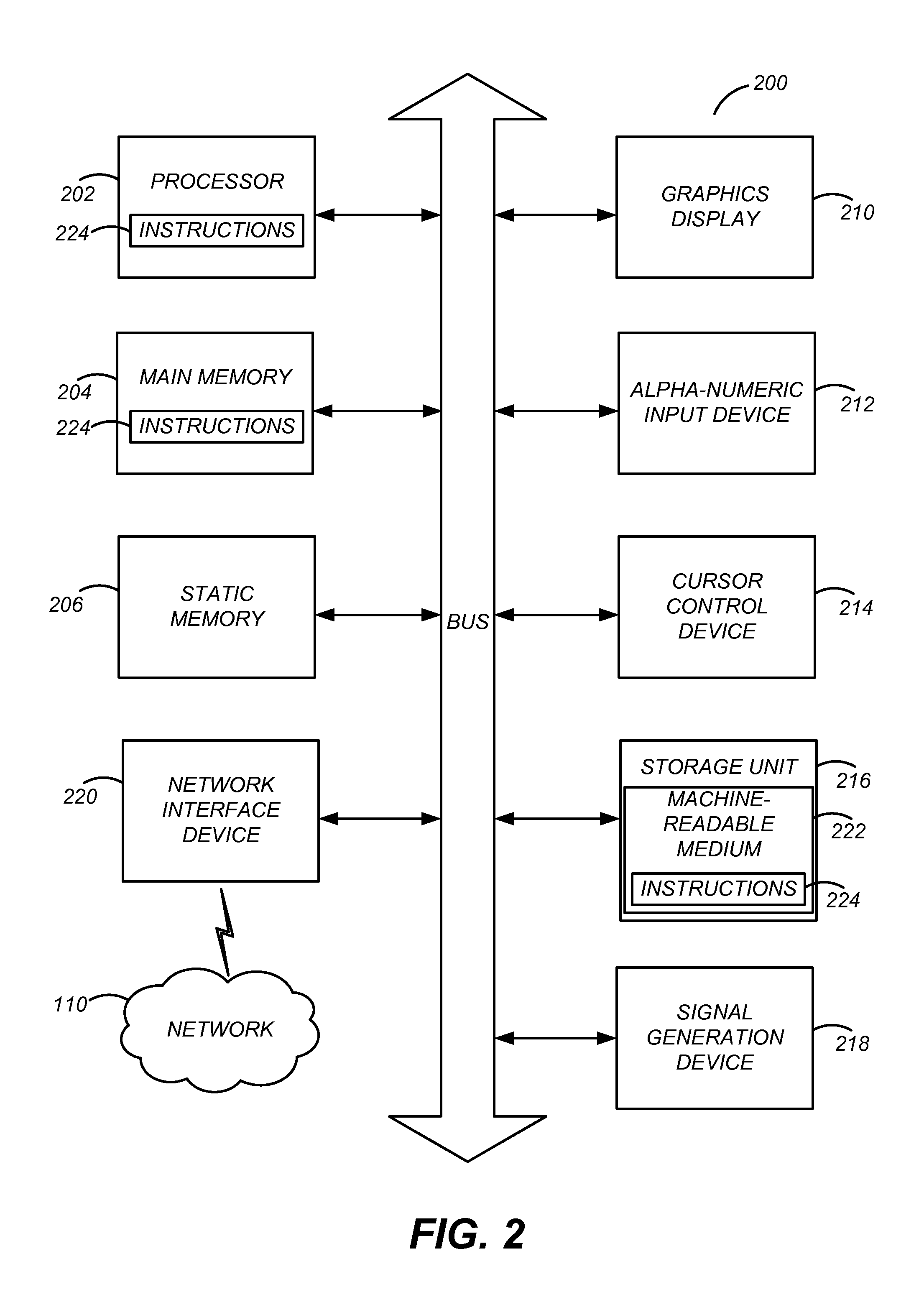Encapsulation and decapsulation for data disintegration
a data disintegration and encapsulation technology, applied in the field of secure document access, can solve the problems of not being able to delete data from all sources, unwanted disclosure of private digital data, and not being able to achieve the effect of effective approach
- Summary
- Abstract
- Description
- Claims
- Application Information
AI Technical Summary
Benefits of technology
Problems solved by technology
Method used
Image
Examples
example application
of Configuration
[0078]By way of example, the configurations disclosed are described in an application setting. In one embodiment, (e.g., referenced as Vanish to correspond to how a VDO is created and retrieved or “vanish” as disclosed herein), integrates with two distributed networking systems called Vuze and OpenDHT. By leveraging existing, unmodified DHT deployments, the core functions of the embodiment are achieved, the resulting system supports a variety of applications, and the performance of VDO operations is dynamic and interesting.
[0079]To integrate Vanish with the Vuze DHT, a configuration includes: (1) a security measure to prevent lookup sniffing attacks and (2) optimizations to achieve desired performance for applications. All these changes are local to Vanish nodes and do not need adoption by other nodes in the Vuze DHT. The Vuze (Azureus) DHT is based on the Kademlia protocol. Each DHT node is assigned a “random” 160-bit ID based on its IP and port, which determines th...
PUM
 Login to View More
Login to View More Abstract
Description
Claims
Application Information
 Login to View More
Login to View More - R&D
- Intellectual Property
- Life Sciences
- Materials
- Tech Scout
- Unparalleled Data Quality
- Higher Quality Content
- 60% Fewer Hallucinations
Browse by: Latest US Patents, China's latest patents, Technical Efficacy Thesaurus, Application Domain, Technology Topic, Popular Technical Reports.
© 2025 PatSnap. All rights reserved.Legal|Privacy policy|Modern Slavery Act Transparency Statement|Sitemap|About US| Contact US: help@patsnap.com



